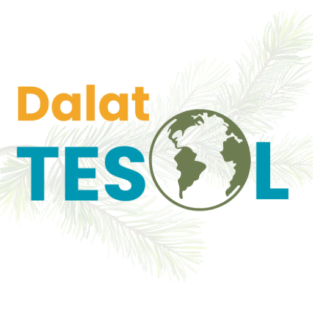As AI writing tools like ChatGPT become increasingly common in academic settings, many researchers and graduate students are wondering:
If I conduct a genuine research study and use AI to help write the paper—without fabricating data or citations—but the manuscript is flagged as “100% AI-written,” does that mean I have committed an ethical violation?
This is a fair and important question—especially for early-career researchers and those working across multiple languages. Let’s take a closer look at current thinking and guidance in the academic community.
✅ What Is Considered Ethical AI Use in Research Writing?
Most major publishers (e.g., Elsevier, Springer Nature, Wiley, Taylor & Francis) and academic bodies (e.g., COPE, ICMJE) agree that AI tools can be ethically used to support writing if the following conditions are met:
- The intellectual work is yours
You have personally designed the study, collected or analyzed the data, and interpreted the findings. AI did not generate your arguments or substitute your reasoning. - AI is used for linguistic and structural support only
Using AI to improve grammar, fluency, paragraph flow, or structure is acceptable—similar to using Grammarly or a professional editor. - You critically revise the output
You take responsibility for every sentence. AI-generated suggestions are treated as drafts, not final text. You understand and validate all content. - You disclose AI assistance if required
Some journals now expect transparency. A simple acknowledgment such as: “AI tools (e.g., ChatGPT) were used to support language editing and clarity.”
may be sufficient and ethically appropriate.
🚫 What Crosses the Line Into Unethical Practice?
On the other hand, certain uses of AI are viewed as serious violations of research ethics:
- ❌ Fabricating data, quotes, citations, or references
- ❌ Submitting content you don’t understand or did not meaningfully revise
- ❌ Using AI to simulate originality without your own intellectual contribution
- ❌ Failing to disclose AI involvement when required by editorial policy
In short: AI can help express your ideas, but it cannot be the author of those ideas.
🛠️ Why Do AI Detectors Flag “100% AI-Written”?
Tools that claim to detect AI-generated text are often based on probability models, not conclusive evidence. They may flag texts that are simply:
- Grammatically smooth,
- Structurally consistent,
- Or aligned with patterns often seen in AI writing.
This does not necessarily mean the work is unethical or “written by AI.” However, if the entire text reads as AI-generated with little sign of authorial voice, it could raise concerns during peer review. The key is not the detection result alone, but whether the author took full intellectual ownership of the work.
🧭 Final Thoughts
Using AI tools to enhance writing does not violate academic ethics when:
- The ideas and analysis are yours,
- The writing is critically reviewed and adapted by you,
- No fabricated or misleading content is introduced,
- And transparency is maintained where required.
As AI becomes part of scholarly workflows, it’s essential to balance innovation with integrity.
📌 Guidance, not endorsement: This post is offered as a reflection tool for students, researchers, and educators navigating the evolving landscape of academic writing. Always consult your institution or publisher for specific policies.
#AcademicWriting #AIandEthics #ResponsibleUse #TESOLResearch #DalatTESOL #ChatGPTinEducation #PublicationTips
